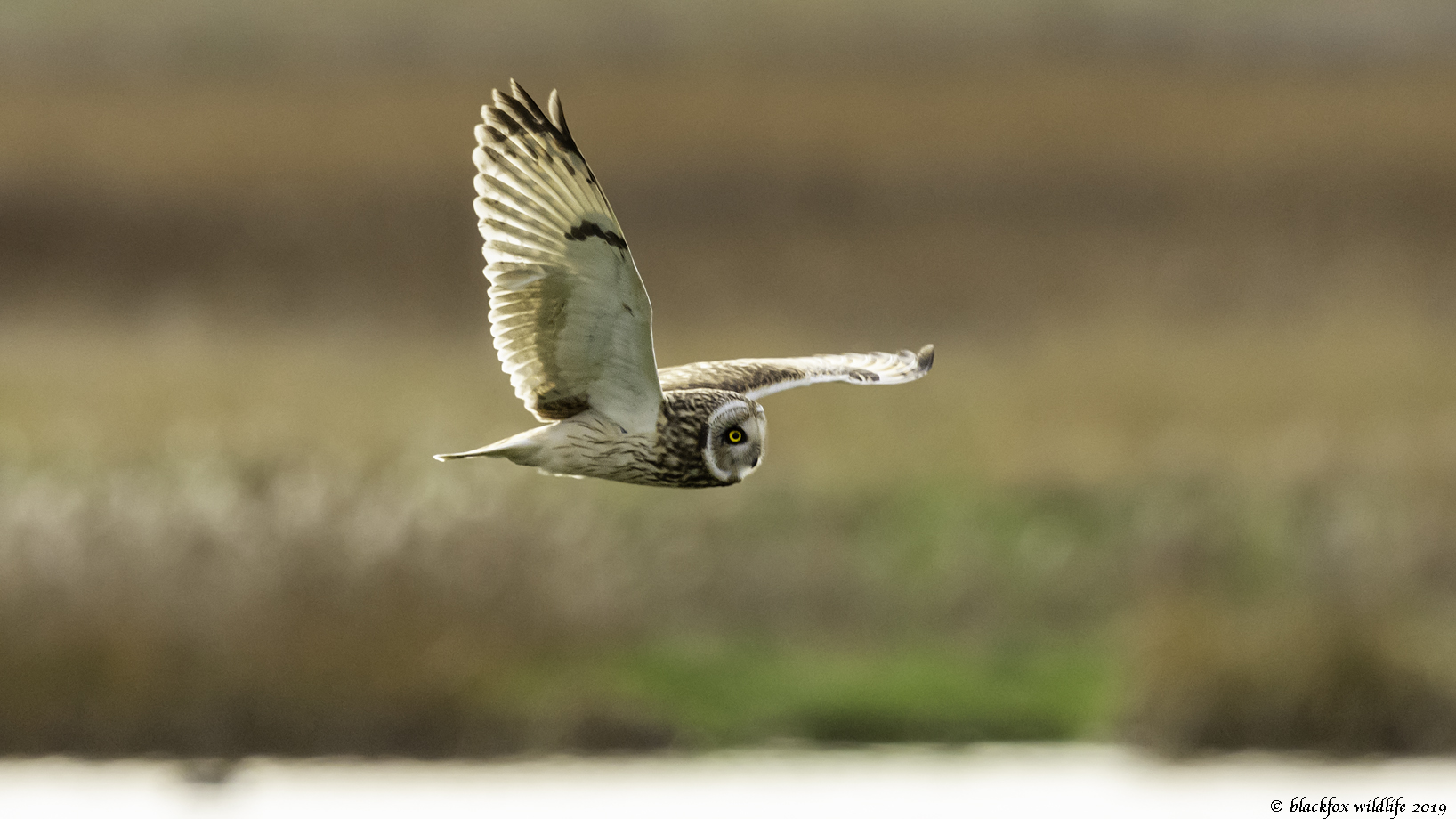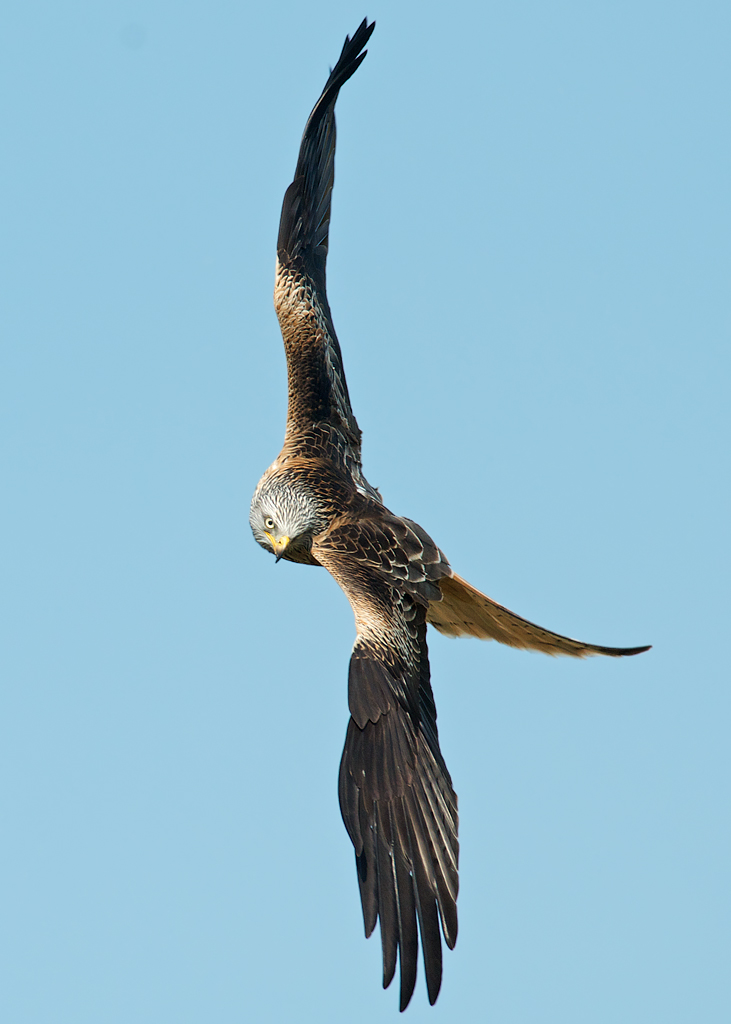| Moderated by: chrisbet, | Page: 1 2   |
|
|||||||
| Bird in flight techniques - Page 1 | |
| Rate Topic |
| Author | Post |
|---|
| Posted: Wed Jul 10th, 2019 15:12 |
|
1st Post |
Eric
|
I am open to recommendations as to best way to tackle this subject. I've had the opportunity to photograph Red Kites flying around the field next door these last few days. I've got what I think are some nice shots (will post when I am home next week) but the keeper rate is alarmingly low. The failures are invariably focus and exposure. Trying to improve exposure by bracketing hasn't improved the number of in focus shots which caused me to ask a question I can't answer....can you guys? When you bracket a series of exposures in AFC mode.....does the continuous focus continue DURING the bracketing sequence or does the sequence lock the focus from the first in the series?
____________________ Eric |
||||||||
|
| |||||||||
| Posted: Wed Jul 10th, 2019 15:17 |
|
2nd Post |
jk
|
All I can recommend is a D500 (not D850) with a Nikon 200-500mm. The D850 AF points do not cover the whole screen so it does not seem to be as efficient at tracking BIF.
____________________ Still learning after all these years! https://nikondslr.uk/gallery_view.php?user=2&folderid=none |
||||||||
|
| |||||||||
| Posted: Wed Jul 10th, 2019 16:49 |
|
3rd Post |
Eric
|
jk wrote:All I can recommend is a D500 (not D850) with a Nikon 200-500mm. I hear what you are saying but in my case, the birds are rarely near the frame edges (due to them being further away than my focal length can overcome), so wider coverage of sensors wouldn't help. The problem I have is the first image in the bracketing sequence is locked on ok but reviewing the full sequence reveals the AFC hasn't kept up with the birds circulating flight path. I think its the use of the Nikon 1.4x III teleconverter because the AFC performs ok on the D500 with the 500mm lens on its own. Will have another go tomorrow. I just couldn't believe that AFC stopped during bracketing but thought I would ask.
____________________ Eric |
||||||||
|
| |||||||||
| Posted: Wed Jul 10th, 2019 18:31 |
|
4th Post |
novicius
|
Apart from the "Depending on Camera/Lens rig" issue, I found that Lighting, such as in a "Contre Jour" situation, the auto /focus / metering can go bonkers, also, I am convinced that with D1 / D1x / SlrN / D3S / D3x when Focus selector is set to "C " , then before each time the Shutter fires, the Camera re-focuses.. My knowledge of Bird-Photography extends to a well prepared chicken being tasty...However , I can see a scenario of a rather small object "embedded" as it were in a sea of light , exposed by said light from every angle, except the right one ( Lens to Object ) ..which would be taxing for any camera system . Would it be possible to use Man. Focus instead ?...a bit of practice goes a long way.. ....and when you have become Proficient , You could apply for a job as a " Focus Puller "...I hear a Thrifty Gent can earn Big Bucks by pulling things on TV..
____________________ Back in Danmark I do not use my equipment to make photo`s .. I take photo`s to use my equipment The better I become at photography,the better my camera gets. |
||||||||
|
| |||||||||
| Posted: Sat Jul 13th, 2019 17:28 |
|
5th Post |
blackfox
|
couple of points there Eric if possible dump the t.c and try to get closer , I also tend to use either single point or just 9 point a.f which I find easier to keep on target . you also cite exposure if shooting into the sky you will need to dial in at least 2/3rds of a stop of + exposure compensation to stop the sky blowing out the bird , also avoid background trees or bushes if possible . I try to practice for a hour or two each week on the local gull population as it keeps your hand and eye in .. red kites tend to be skittish in flight especially if there a few of them so try and pick just one out and follow it constantly . I'm probably preaching to the wrong person but the secret of b.i.f is getting in close and giving the camera time to acquire a focus lock .. heres a couple of short eared owl shots from earlier this year d7200 ,sigma 150-600C hand held you should be able to do better than this with your gear  
|
||||||||
|
| |||||||||
| Posted: Sun Jul 14th, 2019 04:06 |
|
6th Post |
jk
|
Reading the other posts I think I need to add some detail to my original response. On my D500 and 200-500 combo. I set camera to .... Aperture priority. EV compensation - In Spain +1.7 (usually) but occasionally up to +2.3, in UK +1.3 to +1.0 (bright days), or +0.7 in winter. AF-C Dynamic tracking 53points I then do some test tracking of the birds to get my eye in for following the birds. Varies with type of bird, in Spain I am interested in bee eaters which fly/swoop very quickly. Most of these shots are against the sky hence my high EV compensation valures Success rate with other cameras was around 5-10% with D3, D800 but with D500 it goes up to 20% or better if there are big groups of bee eaters. Images are not as good as Jeff's but are useable. Practice makes perfect, and I have two short sessions each year when they fly north from Africa and when they return. When I do herons, etc., success rate is 60-80%. Reed warblers and others in the reeds make for AF false locks on reeds so I move to single point AFS. I do not bait for birds so everything is as natural which also makes for more difficult shooting. Baiting is contentious and some birders get tetchy if you do it (in my experience).
____________________ Still learning after all these years! https://nikondslr.uk/gallery_view.php?user=2&folderid=none |
||||||||
|
| |||||||||
| Posted: Sun Jul 14th, 2019 04:55 |
|
7th Post |
blackfox
|
Basically I think you have hit the nail on the head there Jonathon ,a lot of people look at our published photos and forget that we discard a huge percentage ,if I take 500 shots in a session that will more than likely be whittled down to 20 or 30 keepers and then only a couple will end up being outstanding . A good friend of mine who shoots canon 1DX plus 500mm f4 has recently been trying out a Sony system and told me it was giving a virtual 95% success rate on b.i.f . Things are changing but it's all down to how deep are your pockets
|
||||||||
|
| |||||||||
| Posted: Sun Jul 14th, 2019 05:49 |
|
8th Post |
blackfox
|
Eric these are from 2012 taken with a d7100 and a 300mm f4 + 1.7 tc not a particularly fast set up but shows the need to be close . taken at gigrin farm feeding station 
|
||||||||
|
| |||||||||
| Posted: Sun Jul 14th, 2019 07:03 |
|
9th Post |
jk
|
Jeff, do you use a tripod or monopod with your 150-600? I use a tripod with gimbal for my D3/D850 and 400mm f2.8 as it is too heavy to use free hand for long periods but my 300mm f2.8 I use free or on monopod. Nikon set up in either lens pair is heavy but the 400mm and camera weighs too much for BIF shots.
____________________ Still learning after all these years! https://nikondslr.uk/gallery_view.php?user=2&folderid=none |
||||||||
|
| |||||||||
| Posted: Sun Jul 14th, 2019 08:32 |
|
10th Post |
blackfox
|
Although I have a decent CF tripod and a good jobu gimbal I tend to only use it while waiting for the birds to appear ,once they start flying I estimate that 95% of my shots are handheld . The sigma lens is medium weight so that helps but I'm also wobbling around getting another 300mm f4 once funds allow as they work well with most t.c,s and you don't have to take focus breathing into account as you do with zooms I.e a 300 and 1.7 come in at just over 500mm and although the sigma is supposedly 600mm focus breathing brings that down to around 550 mm so not a lot of difference . Having used that combo before I know that it's pin sharp even without I.s if funds allow the PF might even be on the cards . PS as rob will tell you I'm not exactly a small guy either so hand holding is not a problem 6'1†and brick outhouse is the term I think
|
||||||||
|
| |||||||||
| This is topic ID = 1722 Current time is 20:42 | Page: 1 2   | |
| Nikon DSLR Forums > Camera and Lens Forums > Specialised Photography - Macro, UV, IR, Underwater > Bird in flight techniques | Top | |
Users viewing this topic |
||
Current theme is Modern editor
| A small amount of member data is captured and held in an attempt to reduce spammers and to manage users. This site also uses cookies to ensure ease of use. In order to comply with new DPR regulations you are required to agree/disagree with this process. If you do not agree then please email the Admins using info@nikondslr.uk Thank you. |
Hosted by Octarine Services
UltraBB 1.173 Copyright © 2008-2025 Data 1 Systems
Page processed in 0.0601 seconds (66% database + 34% PHP). 82 queries executed.
UltraBB 1.173 Copyright © 2008-2025 Data 1 Systems
Page processed in 0.0601 seconds (66% database + 34% PHP). 82 queries executed.